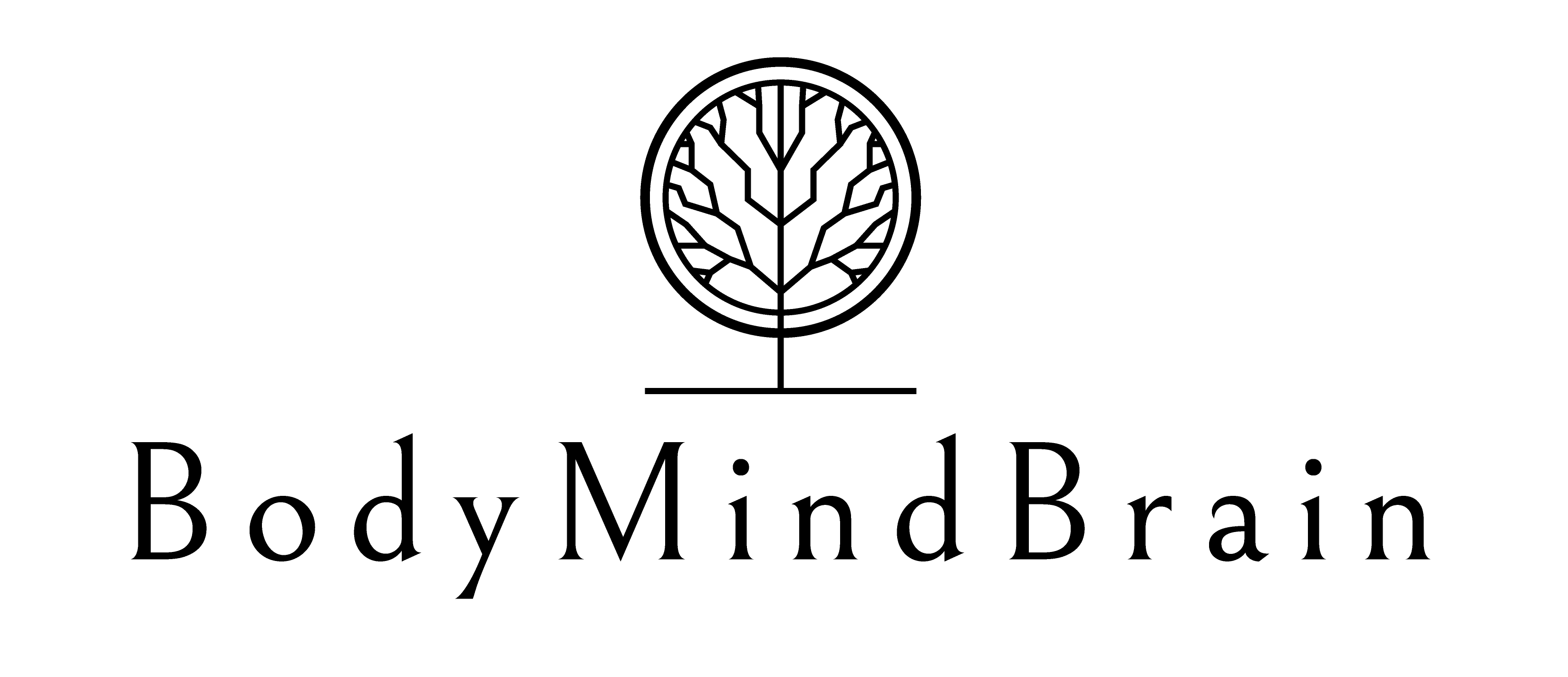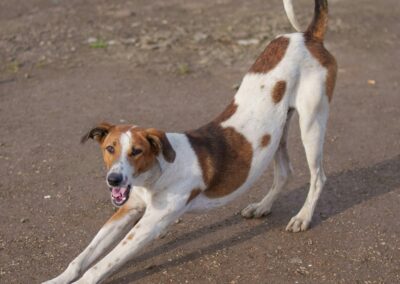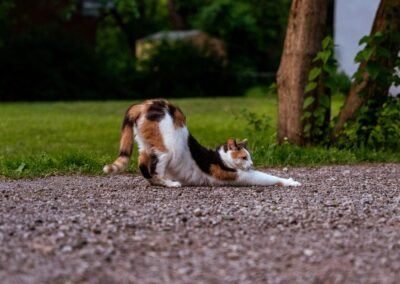Somatic Movement
Free your Muscles and Nervous System from Tension, Tightness and Pain.
Feel at Home in Your Body Again
What is Somatic Movement?
Somatic Movement is a gentle and intelligent movement discipline helping you release muscle tightness, restricted movement or pain, so that you can reclaim you right to move and breathe freely. It is a true body /mind approach that beautifully shifts both the physical and emotional after effects of stress and adversity.
Freedom of movement is our birth right but stress, postural habits and accidents can lead us to hold muscular tension in places that eventually hinders our movement, posture, breathing and peace of mind. Anything that we do habitually, the brain becomes involved in. Your brain helps create neural pathways to help your habits become more efficient and automatic. Any muscular contraction that you hold repeatedly, either through stress, lifestyle or self protection after injury, will become automatic and outside of your voluntary control.
Somatic movement re-wires your brain and nervous system so that it can release old muscle memory habits that are restricting your physical comfort, movement, causing pain or stress. Somatics empowers you to take back control of your movement and comfort, leaving you with a set of exercises that will keep you moving well for the future, whatever comes your way.
Whereas traditional body exercises make the muscles stronger, Somatic Exercises make the brain more intelligent in sensing and controlling the muscles. Thomas Hanna
How Does Somatic Movement work?
Somatic Movement education, created by Thomas Hanna, involves a series of gentle, slow movements called Pandiculations. These follow a process of contracting muscles followed by their slow release in order to help the brain reconfigure muscle length, from contraction back to a neutral and relaxed length.
Pandiculation is seen across many mammals and is even observed in humans in the womb. You might recognise it as the yawning- stretch frequently observed in cats and dogs. It comes after prolonged periods of rest, when movement is about to be restored, and slowly contracts muscles that have been inactive before slowly lengthening them. This helps to release tight muscles and prepare them for efficient movement. It typically feels very pleasant and is often accompanied by yawns and sighs.
Somatic Movement targets chronically contracted muscles and uses whole body movement patterns. Where we feel tension and pain is rarely the real source of the problem. Once contraction is released, the brain and nervous system can return to their job of efficiently co-ordinating complex patterns of movement across the muscles groups of the body, unhindered by tension in any area. For you this will mean reclaiming easy of movement and freedom from pain and discomfort. It also helps to release the muscular counterpart of psychological and emotional patterns because every emotional response has a muscular equivalent.
The Three Main Types of Postural Habits
Thomas Hanna, who created this approach and the somatic movement, identified three main postural habits amongst the people he helped. These are driven by the 1. muscles at the front of the body used for flexing our body, 2. those that help us extend from the back of the body and 3. those that help us turn our bodies. He also identified patterns that were driven by a combination of muscular contractions in any of the above three areas.
Somatic Movement exercises teach us to how to release the contractions in these patters and to rewire our brain to hold habits that help us move freely again.
The Green Light Pattern:
The Green Light pattern is one of the most common and is a contraction of the extensor muscles of the back. These are the muscles that originate with the Landau Reflex in childhood when a child can contract the muscles of the back, extending their head upward and begin their desire for forward motion and to reach goals. In adulthood it is these muscles from the base of the skull all the way down the back to the achilles tendon that contract and propel us to take action and move forward in the world. Any time we are called to action, be it to answer a phone call, email, to go and do something or to get away from something, we recruit these muscles. They help us be at the ready and to act as necessary. The posture tends to have an arched lower back, a protruding belly, pulled back shoulders, turned out feet, a forward tilting belt line When over recruited in our busy daily lives it commonly leads to back and neck stiffness and pain, as well as a shortness in the length of the muscles in the ham strings, calf muscles and hip flexors.
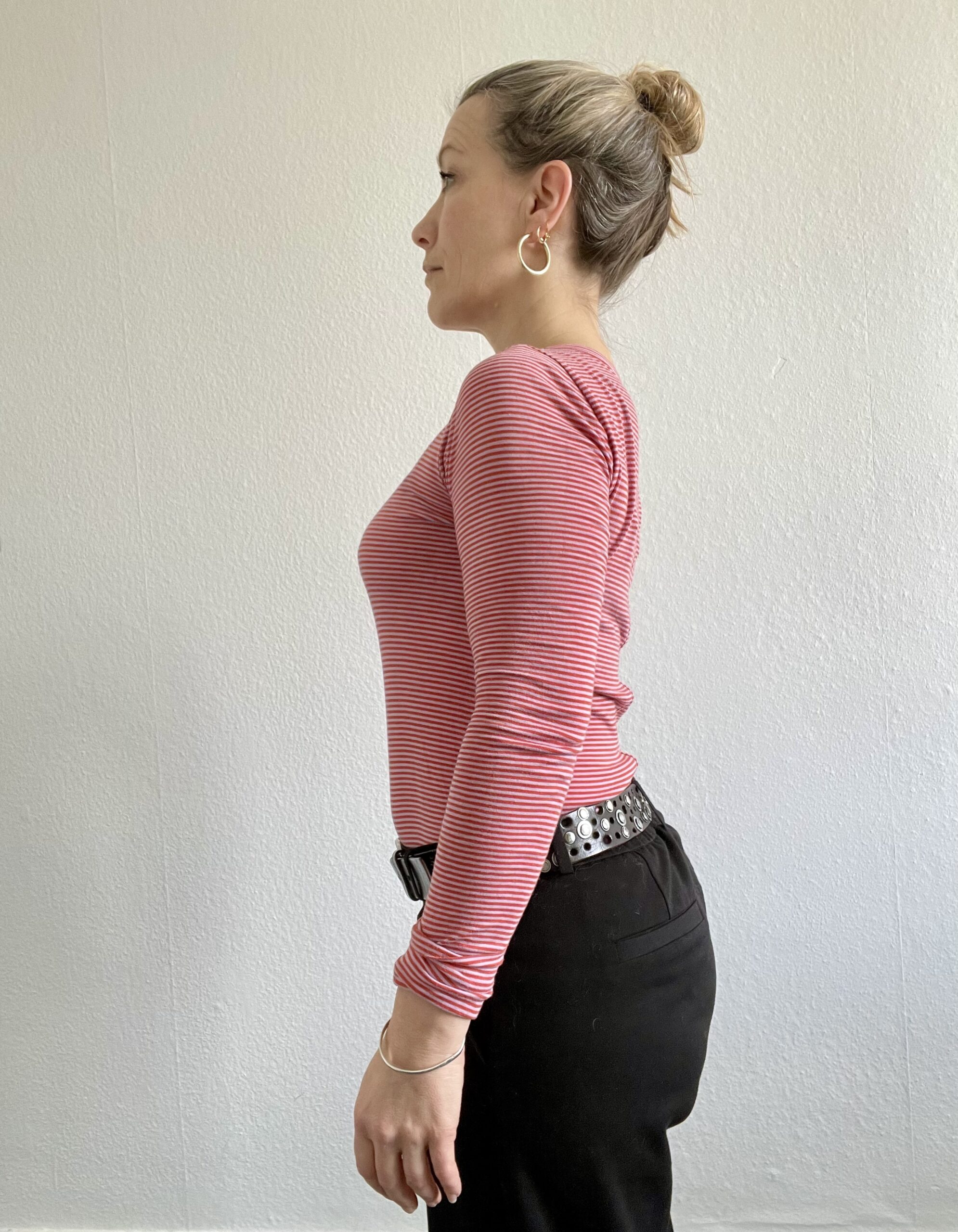
The Red Light Pattern
This pattern is concerned with contraction of the muscles at the front of the body running down from the front of the neck, down through the front of the chest, abdominals and hip flexors, thighs and tops of the feet. You tend to see a rounded upper back, a sunken chest, forward learning posture and shoulder and a head that can hang forwards. This is the response that allows us to shrink from ‘danger’ and is associated with the startle response that helps us to contract the muscles at the front of the body, crouch forward and protect the vital organs. In our technology driven lives, this is also a postural consequence of leaning forward, over our devices.
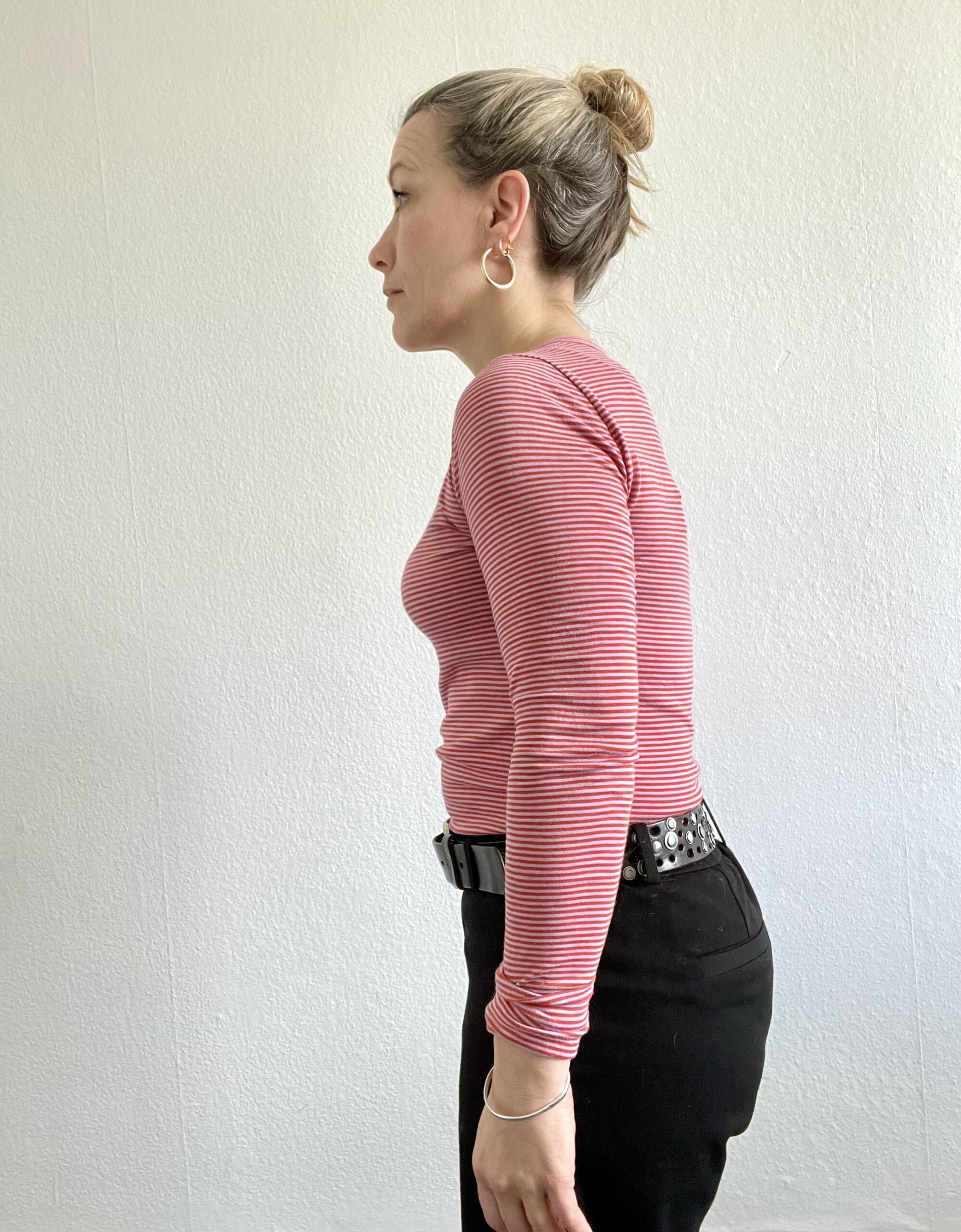
The Asymetric Pattern
Sometimes called the Trauma pattern, this asymmetric, side leaning pattern often happens after accidents, falls and surgery where the muscles on one side of the body contract to protect the injury. It can also occur as a result of activities that use one side of the body more than the other such as with carrying children on one hip, I’ve seen it in dentists, therapists or in people with a strong preference for using their dominant side. This pattern leads to loss of the natural swing in needed for walking and running as movement becomes one sided.
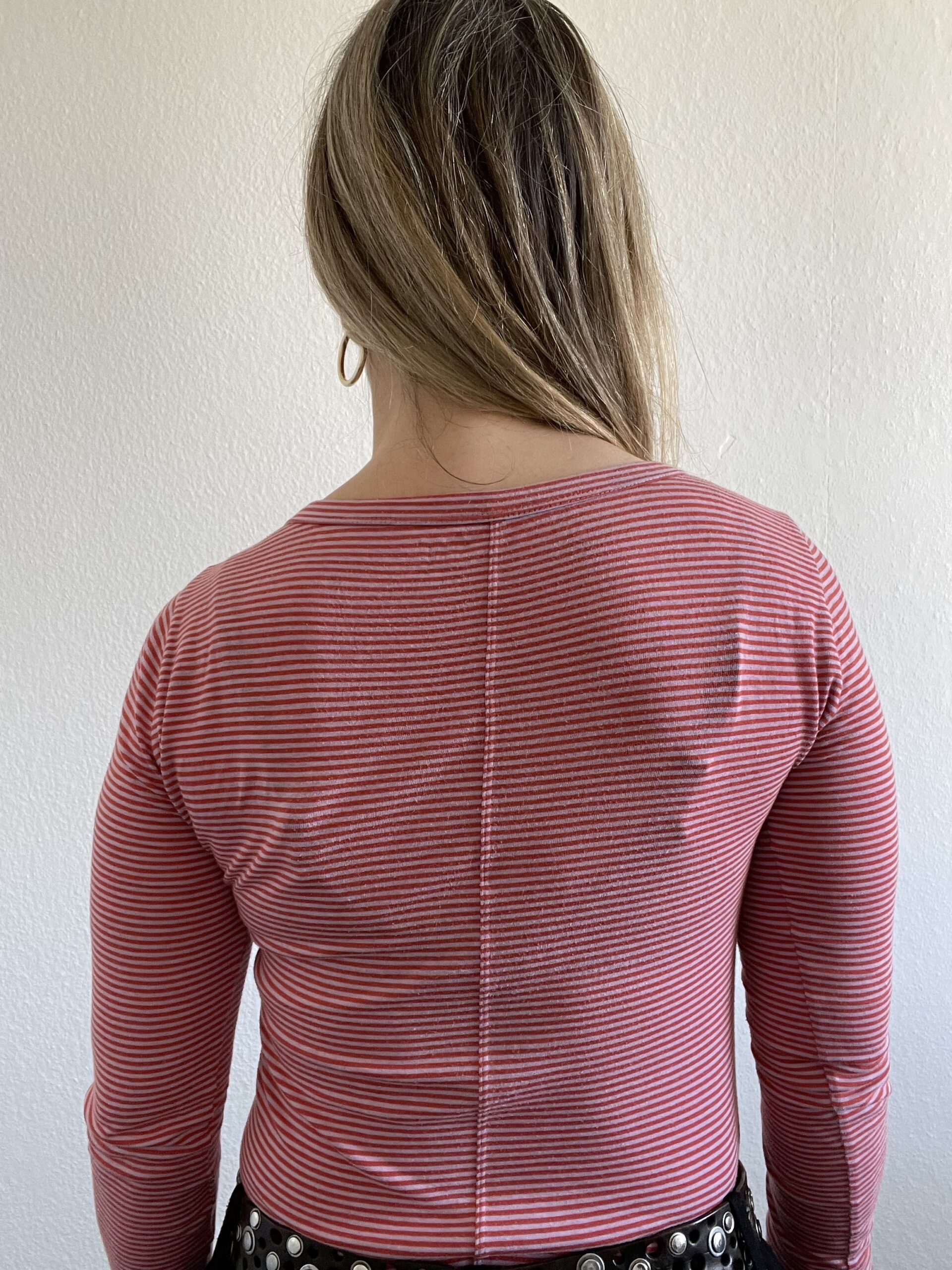
Learn the patterns of movement and pandiculation that will release you from these muscular holding patterns and restore comfortable, efficient movement.
